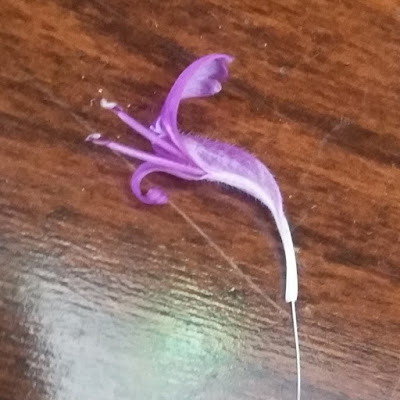Welcome to the first in my series of plant profiles! I have quite a few house plants (twelve at present), and have kept many others before. When I tell people about this, they usually start talking about how they bought a plant once and it died, causing them to give up on having plants. Rubbish! I've killed my share of plants as a beginner, but that doesn't mean all hope is lost. So, for all those people out there who think they can't have plants: This series is for you! Each post will feature a beginner-friendly plant from my collection.
The first plant I'd like to introduce is Cyrtomium falcatum, commonly known as holly fern.
 |
| This is my young C. falcatum fern |
There are many ferns that make good house plants, as they naturally live in damp low-light environments and are tolerant of over-watering. However, I have not owned any others and can't attest to their care needs. The fern I have is young and will stay small confined to a pot, but this species can grow to a great bushy size outdoors. Thanks to its hardy nature, C. falcatum has spread from its native habitat in East Asia to almost every continent. So if you live somewhere with mild winters, you can probably find this fern in the wild or on someone's front lawn!
Care Tips:
Lighting: Needs indirect light, not direct sun, which may scorch the plant's leaves. If the plant casts a shadow, the light source is probably too strong.
Water: The rule of thumb for most plants is to water when the soil is dry an inch below the surface. (About up to the first joint on your index finger, if you're like me and are unfamiliar with imperial units!) Ferns like C. falcatum are used to more moisture than other plants, so don't let the soil get completely dry.
 |
Like all ferns, this plant grows by unrolling new fronds, a process known as "circinate vernation."
The unfurling fronds are colloquially called "fiddleheads," and commonly eaten as vegetables. |
That's all for today, folks. I hope you enjoyed reading my first house plant profile. Please feel free to comment below if you like, and I welcome constructive criticism.













